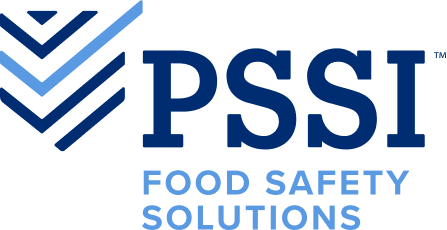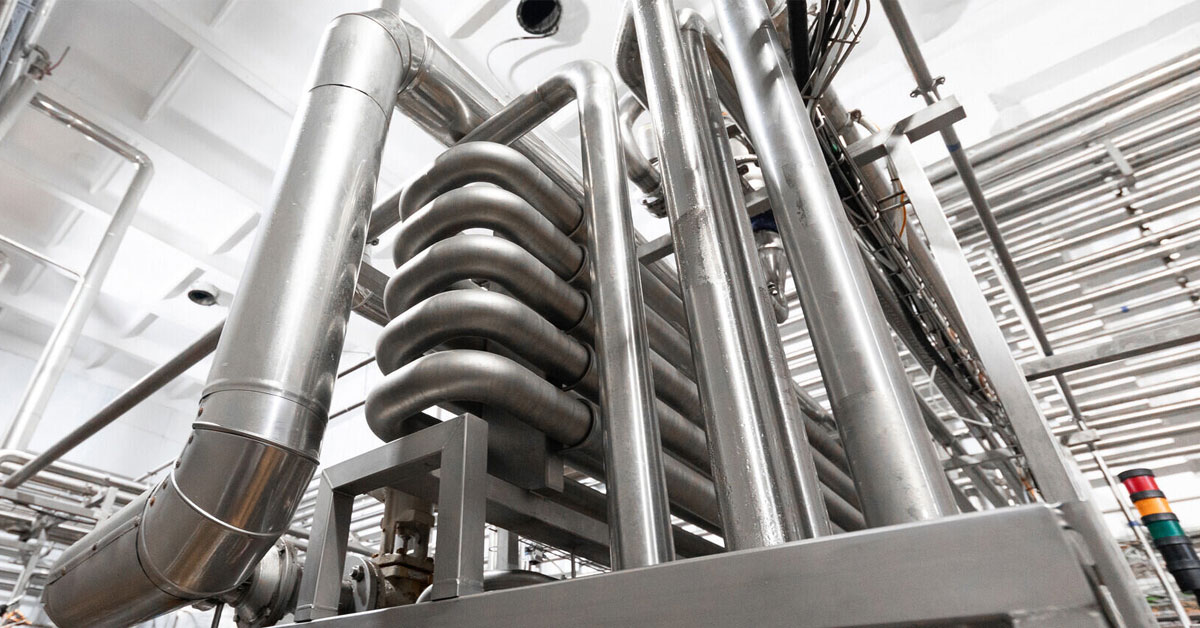In the dynamic landscape of food processing, ensuring high food safety standards is essential. As consumer demands evolve and production volumes increase, the demand for efficient cleaning and sanitation systems becomes increasingly critical.
Today, food processors rely on sophisticated equipment to streamline operations and meet the ever-increasing demand for products. From basic hand trim tables to fully automated deboning machines, the complexity of equipment has grown exponentially, necessitating a corresponding evolution in cleaning and sanitation systems.
The Evolution of CIP and COP
Clean in Place (CIP) and Clean out of Place (COP) systems have evolved significantly to keep pace with advancements in food processing equipment. Initially, these systems offered basic assisted cleaning methods. However, with technological advancements, they have transitioned into fully automated processes. Today, operators function more as technicians overseeing precision cleaning operations.
Advancements in CIP Systems
Modern CIP systems include features aimed at enhancing cleaning efficiency and sustainability. Automated data collection allows for precise monitoring of critical parameters such as time, temperature, flow rate, and concentration, ensuring consistent and reliable cleaning results. Additionally, the integration of reclaimed final rinse water for subsequent cleaning cycles minimizes water consumption and waste, aligning with the industry’s commitment to sustainable practices. Advanced valve sequencing and cycle management further optimize resource utilization, contributing to operational efficiency and cost savings.
Enhancements in COP Systems
Similarly, COP systems have undergone significant improvements to meet the evolving needs of food processing facilities. Engineered directional flow of cleaning solutions ensures thorough sanitation of equipment, while hygienic design considerations prioritize cleanability, minimizing the risk of bacterial contamination. Modern COP equipment offers innovative features such as heated forced air drying, facilitating rapid and effective drying of surfaces post-cleaning. This not only enhances sanitation standards but also reduces downtime, enabling faster turnaround between production runs.
A notable trend in both CIP and COP systems is the integration of automated sanitizing systems. By automating sanitization procedures, these systems mitigate the risk of human error while ensuring consistent and thorough disinfection of equipment and facilities, strengthening food safety protocols.
The evolution of cleaning and sanitation systems represents a proactive response to the challenges and opportunities presented by the modern food processing industry. As technology continues to advance, the future will bring greater efficiencies and innovations in ensuring food safety and quality. By embracing these advancements, food processing facilities can uphold the highest standards of food safety, safeguarding consumer health and brand reputation.

